Digital tools and integrations are evolving faster than ever, so fast that most businesses and business leaders rarely are up to date with the latest possibilities and don’t even know what ‘optimal’ looks like. Digital proposal and signage tools like DocuSign, Pandadocs and Jotform are now so advanced and have so many integrations to sales and CRM tools that a business of any size can provide a world-class and completely frictionless sales service to leads and clients.
The future is already here, and the businesses that embrace it are setting the standard for user experience and spending significantly less manpower on each sale, meaning more sales in less time.
So what does the future of B2B sales look like?
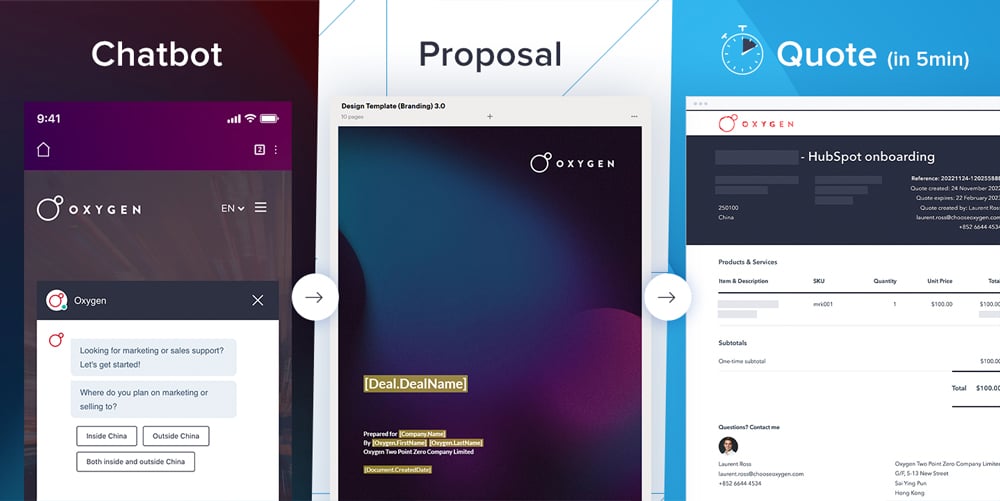
While we can't cover all of the best tips and software in one article, here's a quick list of the most impactful changes a business leader can make when digitising their sales processes:
1. Automated Lead Qualification
|
Traditional Approach |
Modern Approach |
|
|
Example below: Chatbot pre-qualifies leads before allowing a direct 1:1 sales conversation with a real person. This provides the 'best of both worlds' experience.
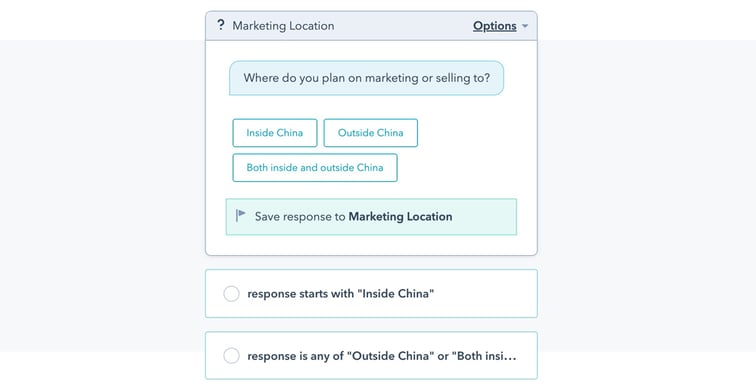
2. Automated Instant Responses
|
Traditional Approach |
Modern Approach |
|
|
Example below: After meeting pre-qualification criteria, the lead is given multiple options to contact someone on the sales team.
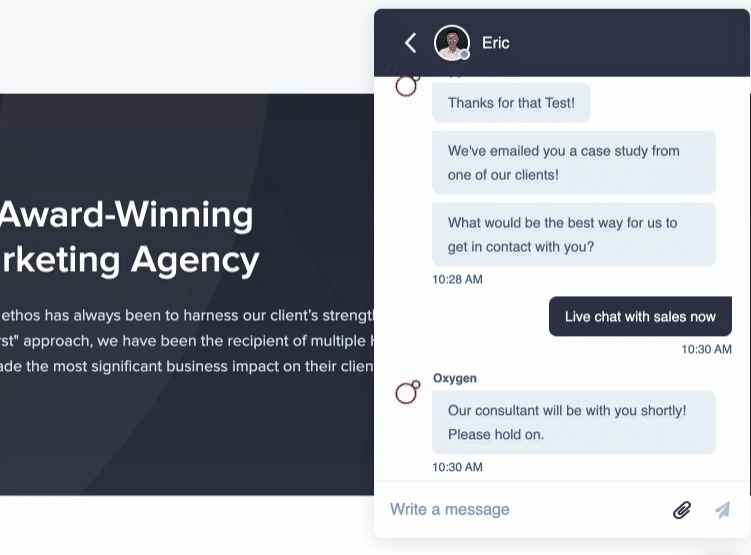
3. Streamlining Sales Conversations
|
Traditional Approach |
Modern Approach |
|
|
Example below: Booking a meeting through digital tools is much more efficient than the back and forth of asking for availability. This method allows you to propose several time slots for your lead in their timezone and send an automatic zoom meeting link/calendar invite.
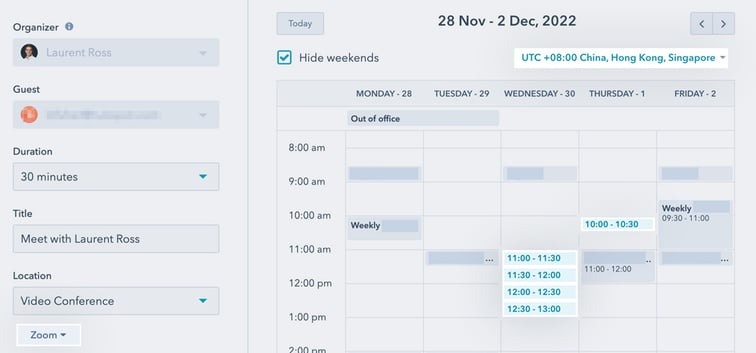
4. Automated Proposal Generation
|
Traditional Approach |
Modern Approach |
|
|
Example below: The sales team have access to a wealth of pre-made digital proposal templates that automatically pull lead information and product/service requirements into the proposal (no need for hours of editing!).
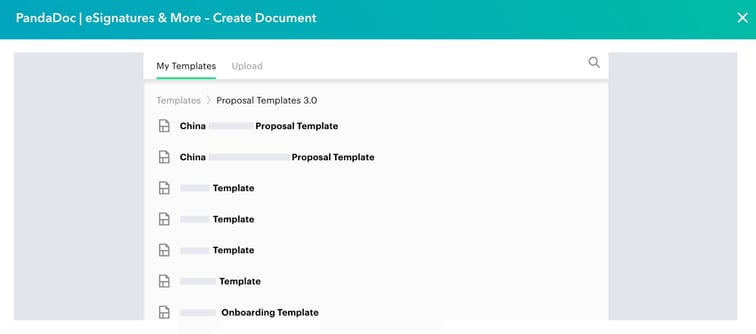
5. Integration Between Proposal Systems and CRM for Advanced Sales Analytics
|
Traditional Approach |
Modern Approach |
|
|
Example below: Document status metrics are available both in the CRM and digital signage tool. When documents are viewed or signed, sales and managers can automatically notify by email.
.jpg?width=756&height=275&name=PandaDoc-(1).jpg)
6. Sales Pipeline Automation
|
Traditional Approach |
Modern Approach |
|
|
Below: Complete live transparency of all current deals at different stages of the sales process with weighted estimates on likely revenue based on historical close rates.
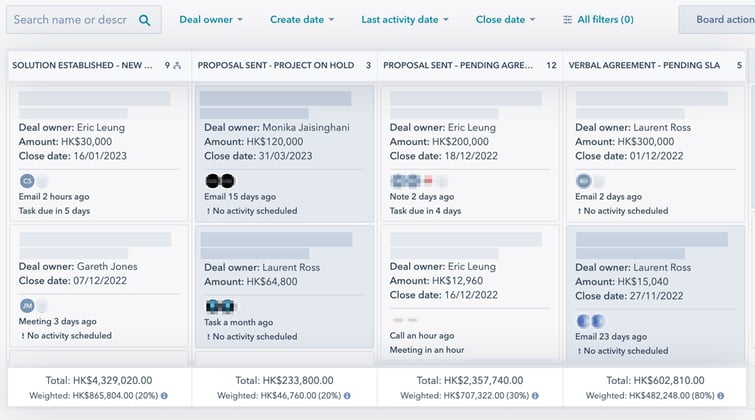
7. Invoicing Automation
|
Traditional Approach |
Modern Approach |
|
|
Example below: Xero integration with HubSpot allows for seeing invoice status within contact records. This can be linked to automation that creates tasks or automatically follows up with each customer.
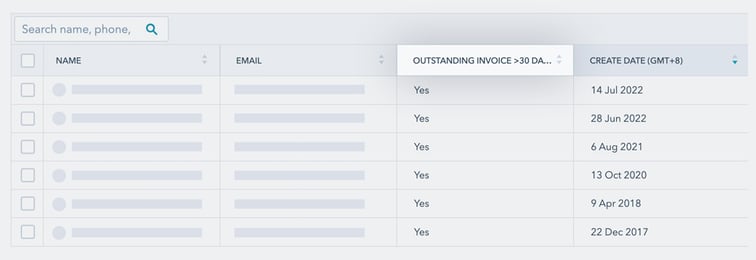
What tools do you need to succeed digitally?
- Modern CRM for data centralisation: This should be your central point of truth and automatically collect and log all engagements with your marketing and sales efforts. We recommend HubSpot.
- Sales tools: Email templating, meeting link automation, deal pipelines, engagement logging, reporting and WhatsApp/WeChat integrations. We recommend both HubSpot Sales Hub & Sleekflow.
- Proposal/quote automation tools: For simple quotations, we recommend HubSpot Sales Hub. For advanced proposals and customisation, we recommend Pandadoc.
This list above isn’t a complete or exhaustive list of the latest sales automation techniques and software. However, it’s a good start for businesses still using traditional methods and are haemorrhaging customers to more agile, modern competitors. To understand which strategies might be best for your business, it’s worth speaking to an external consultant who can review your existing processes and make recommendations on how to modernise and optimize so that you can provide an industry-leading experience.
At Oxygen, we build industry leaders and love speaking with businesses with the drive to modernise and utilise technology to provide the best possible experience. If this is something that you need support with, follow the meeting link or shoot me a message on Linkedin; someone from our team of experts can provide a free 15-minute consultation call to see what we can recommend for your situation.
 UAE/GCC
UAE/GCC International
International
.webp)









